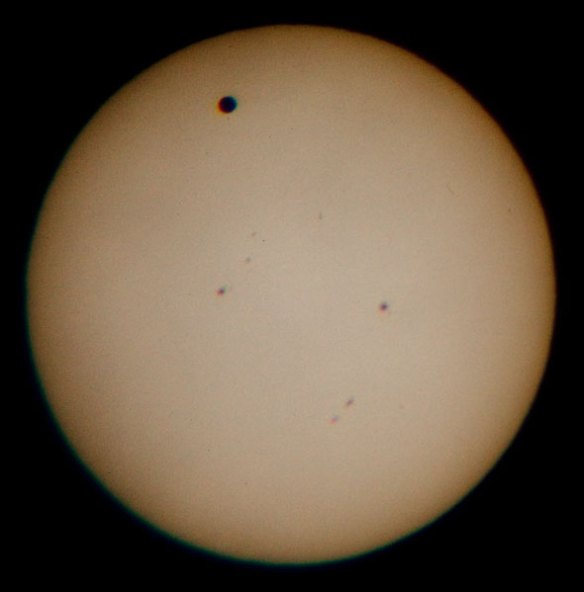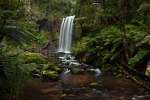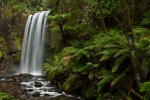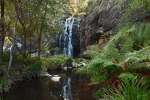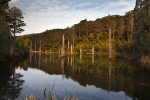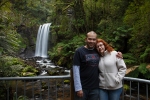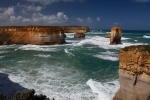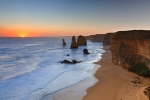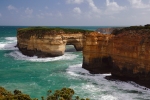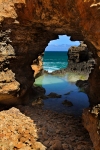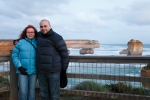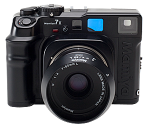In Sydney, on June 6th between 8:16 AM and 2:44 PM (and at other times all over most of the world) we will be (cloud willing) be able to witness the Transit of Venus. This is a rare event where Venus will pass between the Sun and the Earth. It occurs twice within an 8 year interval then not again for 100 years. The next transit will not be until 2125!
Venus will cross the path of the sun appearing as a small black dot.
More Information here:
http://www.sydneyobservatory.com.au/transit-of-venus-6-june-2012/
When will the transit be visible in your part of the world?
http://www.transitofvenus.nl/wp/where-when/local-transit-times/
DO NOT attempt to look at the sun with the naked eye, sun glasses, welding glasses or similar. Use only approved eclipse glasses and filters for your telescopes if you are going to directly view the transit. Serious eye damage may occur if you do not do this.
Another safe way to view the transit is by projecting the sun through a telescope of a good pair of binoculars onto a white card or similar.
There are many web sites showing you how this can be SAFELY done. Links are posted below.
http://www.transit-of-venus.org.uk/safety.htm
http://www.youtube.com/watch?feature=player_embedded&v=7Q925aYJMKU
I have made a basic rig which I have tested and have on standby just in case the clouds part for long enough on Wednesday (based on the latest weather reports) to catch a glimpse of the transit.
Here is the make shift rig I assembled based on one of the videos online. I am using an old pair of binoculars, held steady with a tripod. The white card is held in place with an old, photographic copy stand. I am lucky I had this as it saved a lot of engineering. The binoculars are projecting onto a piece of white foam-code board.


Once the image of the sun has been focused onto the card I simply photograph the reflected image. The image then takes some correction on Photoshop to correct for the angle and to add some contrast and clarity.
Here is a test image taken earlier in preparation. You can actually see sun spots!

The weather forecast for Sydney (as in cloud cover) is not good for today, June 6th! Let’s hope we get just a little break in the clouds. Having said that as I look out my window I can see a rainbow. I hope that is a good omen 🙂
More to come…

